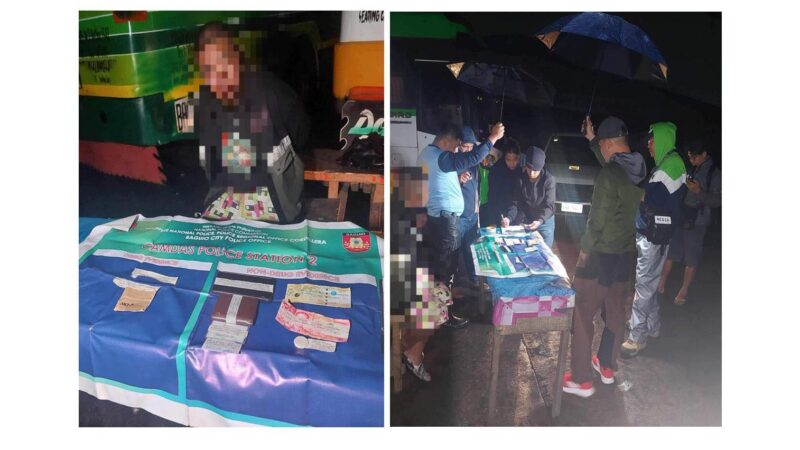City eyes remedies for lack of Covid patient transport
24 September 2021 – City Disaster Risk Reduction and Management Office (CDRRMO) chief Antonette Anaban said that out of the 20 districts, four (4) districts have already their own patient transport vehicle (PTV) with the confirmation of commitment from Gibraltar, Pacdal, Trancoville, and Burnham-Legarda.
In Tuesday’s virtual management committee meeting of local officials led by Mayor Benjamin Magalong, she said that transporting of patients from home to the temporary treatment and monitoring facilities (TTMF) or hospital, hospital to TTMFs or the TTMF to another TTMF is turning into a ‘weak link’ among the key result area of the City’s Covid-19 Contingency Plan for Delta Variant.
Health Services Office (HSO) chief Dr. Rowena Galpo disclosed that there is a backlog of around 214 covid patients who are still to be ferried to the TTMFs and BGHMC as of September 19 and that it takes about four days waiting time before a patient is transported.
To remedy the situation, the city plans to provide vehicles for a limited number of days and to rationalize and fix transport assignments of Emergency Medical Services (EMS) and CDRRMO personnel.
Another remedy to be pursued is the use of two units of school service on a daily basis from 6 pm to 6am and 6am to 6pm. Other option is the hiring of drivers for vans of city government departments for use as PTVs.
Relatedly, Anaban revealed that business process outsourcing (BPO) companies operating inside the Philippine Export Zone Authority (PEZA) are working out their own PTV scheme for their employees.
The contingency plan’s key result areas follow the enhanced Prevent-Detect-Isolate-Treat-Reintegrate which include, stricter border control; monitoring of compliance with MPHS in public areas; MPHS implementation in establishments and workplaces; expanded age-based restrictions; limited mass gathering; guidelines in the application, review, examinations by PRC and CSC within the city; promote use of telemedicine/telecommunication; management of the dead; implementation of rolling stores and market-to-home delivery; and vaccination program.
Expanded risk-based/targeted testing; aggressive contact tracing; isolation/quarantine policy and increase in bed capacities; community/granular lockdown; real-time monitoring of critical care utilization; augmentation of health workers; inventory/procurement of critical equipment; stockpiling of critical supplies and medicines; real-time referral and coordination of cases; mental health and wellness programs, are the other key result areas. – Gaby B. Keith







